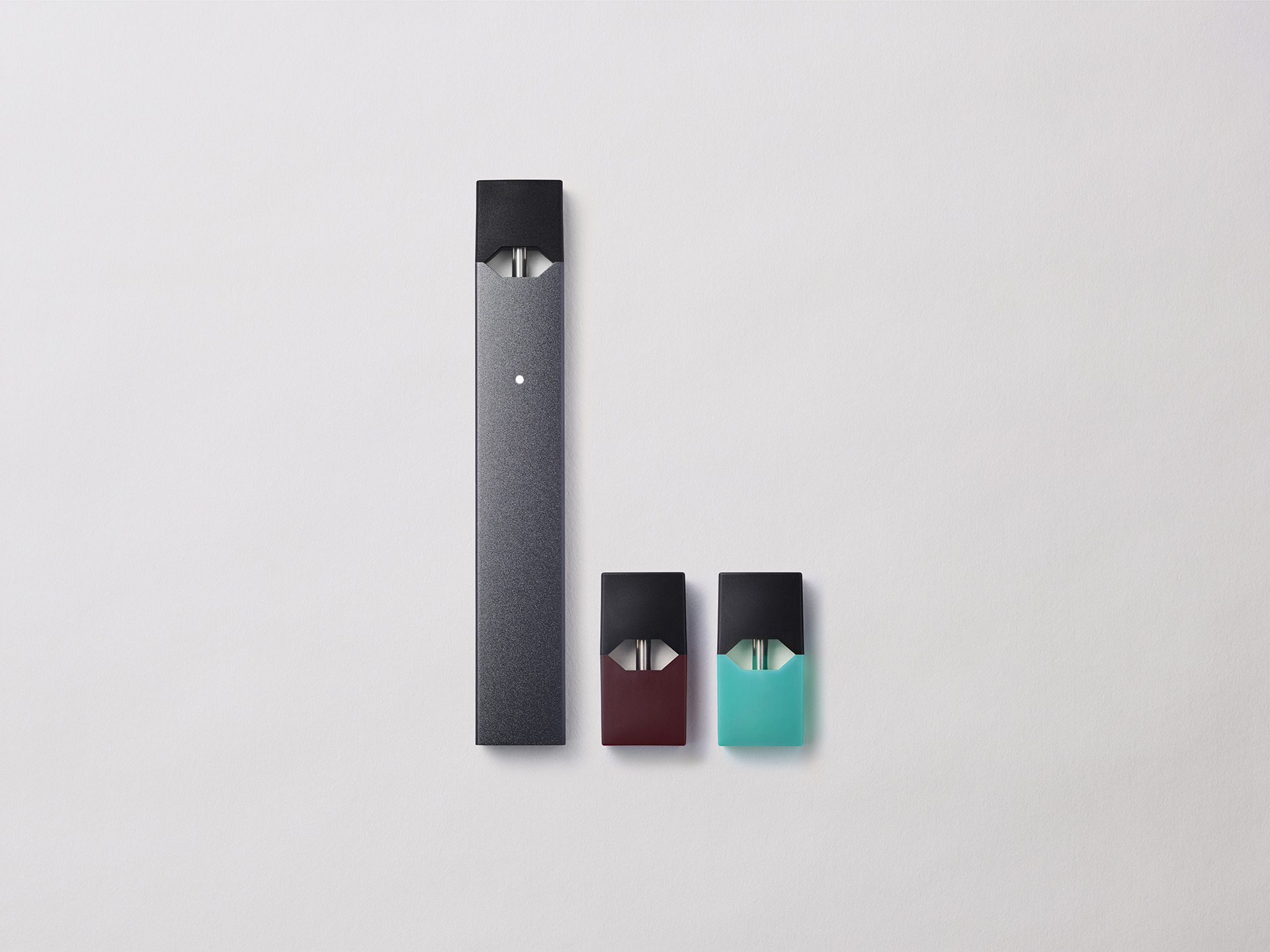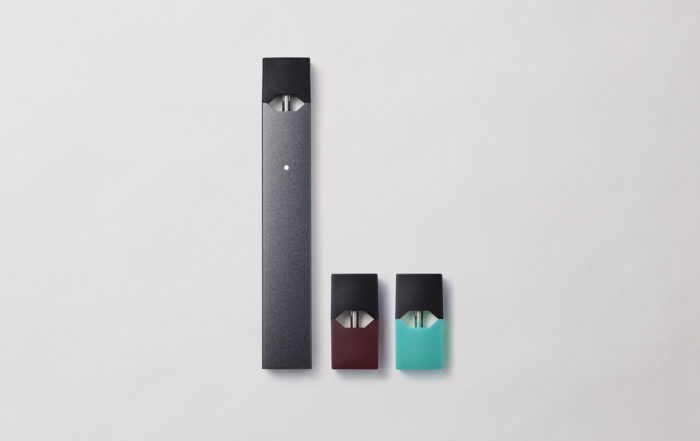
Juul Labs: Advancing the Scientific Dialogue About Tobacco Harm Reduction
By Joe Murillo
2021 will be a transformational year for the U.S. nicotine and tobacco landscape. The Food and Drug Administration (FDA or agency) is expected to make decisions on marketing orders on premarket tobacco product applications (PMTAs) for new tobacco products, including electronic nicotine delivery systems (ENDS). The FDA’s PMTA pathway to market, established by the Family Smoking Prevention and Tobacco Control Act, is a rigorous science- and evidence-based process of evaluating new tobacco products to determine whether they are appropriate for the protection of public health. The PMTA process is unique throughout the world and, without a doubt, will provide the most comprehensive scientific assessment by regulators of the public health impact of new, noncombustible tobacco products.
Determining the public health impact of alternative noncombustible tobacco products, and providing a process for their marketing authorization, is a key tenet of the agency’s 2017 Comprehensive Plan for Tobacco and Nicotine Regulation. Under the Comprehensive Plan, FDA seeks to implement science-based regulations that will help smokers who would not otherwise quit move down the continuum of risk to less harmful noncombustible nicotine alternatives. The Comprehensive Plan is firmly rooted in the concept of tobacco harm reduction—and nicotine is its centerpiece. The PMTA process is crucial to realizing FDA’s vision because it provides a regulatory process for promoting innovation and ensuring a well-populated marketplace of scientifically validated, less harmful noncombustible nicotine alternatives.
In addition to its focus on helping adult smokers, the agency is also prioritizing the prevention of underage use of all tobacco and nicotine products through both enforcement, including flavor restrictions, and education initiatives. Chief among these is the December 2019 enactment of Tobacco 21 (raising the minimum age of purchase for tobacco products to 21) and FDA’s efforts to ensure its immediate and uniform enforcement. We are beginning to see trends moving in the right direction as the 2020 National Youth Tobacco Survey data found an approximately 30% decline in all past-30 day underage vaping, and a 70% decrease in the number of youth who self-reported JUUL as a primary brand. We are encouraged that underage use has declined significantly, which shows the importance of evidence-based interventions, but realize more must be done. We remain committed to working with regulators and stakeholders to combat underage use.
Juul Labs supports and respects FDA’s oversight role of our category. Our July 2020 PMTA submission was based upon rigorous scientific research. The submission detailed the science and evidence responsive to FDA’s requirements, including information about our products’ impact on the individual user, their ability to help adult smokers transition away from combustible cigarettes, and their net-population impact on public health. As part of the PMTA process, we provided FDA all the scientific data we have collected on our submitted products, in addition to the statistical code underlying our analyses.
Our submission includes scientific evidence for the JUUL Device and JUULpods in Virginia Tobacco and Menthol flavors at nicotine concentrations of 5.0% and 3.0%, as well as information on data-driven measures we are implementing to combat underage use of our products. In all, it contains over 110 original scientific studies and 125,000+ pages of data and analysis across a whole range of disciplines. From chemistry, to toxicology, to clinical studies, to behavioral research, to a population model that ties it all together.
While FDA is ultimately responsible for analyzing the scientific evidence about our products and making a determination regarding their public health impact, we also appreciate that scientists and the public health community have an important interest in better understanding our research. In addition to our own studies, many independent researchers are actively involved with ENDS research, including research on JUUL products. As of this writing, over 150 scientific papers have been published with “JUUL” in the title and/or abstract. The company has benefited and learned from much of this research, particularly in our efforts to develop and implement evidence-based underage use prevention measures.
As a company, we are committed to working collaboratively with regulators, policymakers, public health leaders, and other stakeholders as we strive to earn a license to operate in society. We understand that in order to foster this much-needed scientific dialogue about the harm reduction potential of ENDS products, including JUUL, we must engage with the public health community on the science and facts underlying our products. In furtherance of this goal, we have published five articles and presented over 45 posters at various scientific and policy conferences around the world.
Following submission of our PMTA last summer and the tremendous effort it entailed, our science team refocused their efforts to publish the key research underlying our application through peer-reviewed manuscripts. This month we celebrate a significant milestone in those efforts with the publication of 11 articles in a monograph edition of the American Journal of Health Behavior (AJHB).
The monograph focuses on the centerpiece of our behavioral research program: the Adult Juul User Switching and Smoking Trajectories (ADJUSST) study. The ADJUSST study sought to understand patterns of tobacco product use among adult JUUL product purchasers, and collected data on over 55,000 current, former, and never smokers over the course of a year.
The ADJUSST study found high switching rates—defined as no past-30 day smoking, not even a puff—of over 50% across established smokers. The study also tracked the behavior of former and never smokers, with a particular interest in any subsequent cigarette smoking after initiating on JUUL products. Former smokers who have quit in the past year are particularly vulnerable to smoking relapse, with over 90% returning to cigarettes.[1] As discussed in the AJBH publication, prevalence rates of smoking were low and stable among former smokers across the 12-month period, suggesting former smokers were not resuming smoking in large numbers. A similar pattern was observed for never smokers.
The research also examined patterns of tobacco use across populations of special interest, including smokers of different ethnic groups, income levels, and mental health comorbidities. Encouragingly, results from the ADJUSST study demonstrate very similar high switching patterns among these cohorts compared to the general population.
Dual use—the use of cigarettes simultaneously with another tobacco product like ENDS—is also of critical interest in the public health analysis. As explained in another of the AJBH articles, the majority of adult smokers who began by dual-using JUUL and cigarettes ultimately switched completely away from cigarettes after the 12-month period. Of the remaining dual users at 6 months and 12 months, more than 60% reduced their average daily cigarette consumption by over half. This research supports the conclusion that dual use is often a transitional stage characterized by reductions in cigarette consumption followed by complete switching away from cigarettes.
In addition to adult behavioral data, the monograph also includes an article assessing the potential effectiveness of enhanced access controls implemented at retail stores selling JUUL products. Juul Labs firmly believes the harm reduction potential of ENDS for adult smokers is at risk with high levels of underage use. As part of the PMTA, Juul Labs submitted to the agency a data-driven underage use prevention plan focused on limiting appeal, restricting access, and supporting enforcement efforts. Through the Tobacco Control Act and review of PMTAs, FDA has authority to impose sales and distribution restrictions as part of a product’s specific marketing authorization. One such potential restriction includes a requirement that authorized new tobacco products be sold under enhanced access controls at retail to automate age verification via ID scanning and impose product quantity limits. The article included in AJBH describes results from the company’s test of one such automated point-of-sale system, finding that compliance failure rates significantly declined following implementation of the upgraded point-of-sale system.
Finally, the monograph closes with an article detailing the population health model submitted to FDA, taking into account both intended and unintended use of our products. Relying on data from ADJUSST and other sources (PATH, NYTS, Royal College of Physicians, etc.), the model projects that continued availability of ENDS like JUUL could prevent up to 2.5 million premature deaths by the year 2100.
The articles published in the AJHB represent a significant aspect of our research portfolio and address many of the key topics of public health concern and interest. We look forward to continuing to share results from our science and research program with the public health community as we work to support the scientific basis for the category and advance the agency’s Comprehensive Plan. Our scientists are currently drafting or have already submitted for peer review an additional 15+ manuscripts—and more are planned. Our hope is that the AJBH monograph published this month helps to further the necessary scientific dialogue about the harm reduction potential of our products, and the role they may play in reducing the smoking-related death and disease which kills almost half a million Americans each year.
Update Magazine
Summer 2021

 JOE MURILLO is the Chief Regulatory Officer at Juul Labs. Throughout the course of his career, Joe has developed extensive knowledge of bringing alternatives to combustible cigarettes to market. Prior to joining Juul Labs, he served as Altria’s Senior Vice President of Regulatory Affairs, where he led regulatory strategies and FDA submissions for Altria’s harm reduction product portfolio. Joe began his career as a commercial litigator in New York City. He earned a B.A. from the University of Miami and received a J.D. from Columbia Law School.
JOE MURILLO is the Chief Regulatory Officer at Juul Labs. Throughout the course of his career, Joe has developed extensive knowledge of bringing alternatives to combustible cigarettes to market. Prior to joining Juul Labs, he served as Altria’s Senior Vice President of Regulatory Affairs, where he led regulatory strategies and FDA submissions for Altria’s harm reduction product portfolio. Joe began his career as a commercial litigator in New York City. He earned a B.A. from the University of Miami and received a J.D. from Columbia Law School.





